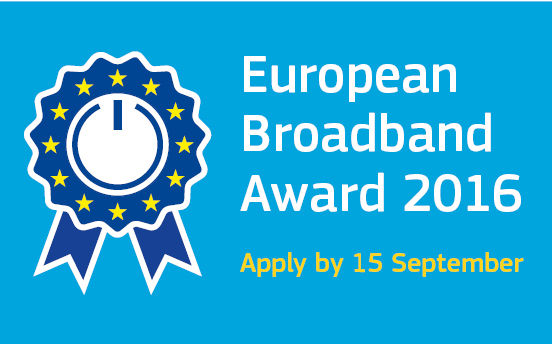EstWin – Estonian Wideband Infrastructure

EstWin strives for more than 6000 km of fibre-optical cables and 1400 connection points construct-ed. The construction of the middle mile network ensures that 98% of the residential houses, businesses and authorities in Estonia are located closer than 1.5 km from the middle mile network. The dark fibre backbone network is public-owned; many operators are working on it. This is an example of a large scale investment providing the backbone of the future-proof fibre based network. Further Information can be found here.
Catalunya Connecta (CatCon)
![]()
The project reduced the investment barriers in providing the radio eServices to the rural areas by combining public investments (infrastructure, towers and equipment providing public TV channels and emergency services) and private investments (concession of service to provide radio access to Internet and private investment of the Mobile Telephony operators –collocation). Selection of new places for radio communication infrastructure was done together with local actors, who provided the land and the permits to roll out the power supply and the civil works. This is an example of a project driven by the regional government in cooperation with the local actors, having high impact on bridging the digital divide as well as enhancing the competitiveness of the regional economy. More information here.
Multi-broad net for rural areas and small towns

The activities resulted in the construction of fibre-optic access network with the backbone speed reaching 10 Gbps and access speed of 1 Gbps in FTTH standard. 2.500 km fibre backbone were rolled out at the area of 20 municipalities in Opolskie region, providing internet, IPTV & VoIP services and covering 50 thousand households. This is an example of a project with high socio-economic impact, demonstrating affordability of the prices for low-income users. The project covered mostly rural areas, where building the fibre-optic network, without supporting by European Union’s funds (70% EU funding, 20% private loans) would not be economically justified.
Glasvezel De Wolden (FibreOptic De Wolden)

The municipality De Wolden has about 10.000 homes spread over an area of about 227 square kilometres – an area considered unprofitable by commercial actors. A bottom up, community driven, for-the-people-by-the-people style initiative built an own superfast fibre optic network, connecting every single home and company in the municipality. Through a combination of market financing and governmental financing, project secured EUR 16 million euros needed to build the infrastructure. This is an example of a model, where private companies, energy company and municipalities work together, demonstrating affordability of consumer prices and rentability for operators, and attracted follow up investments in the upper layer (services). Learn more here: http://www.glasvezeldewolden.nl

